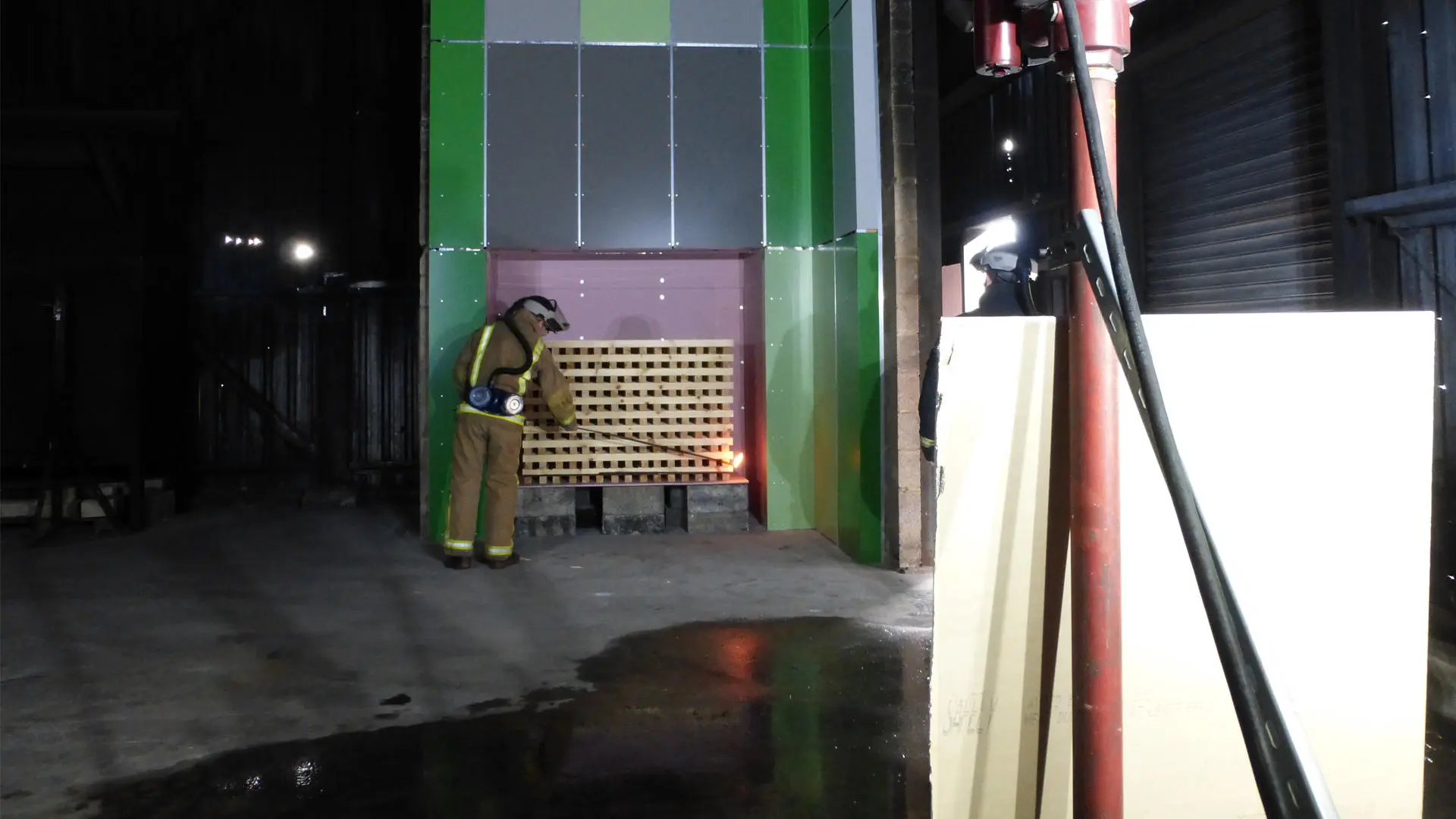The Grenfell Tower fire sent shockwaves around the world. Occupants of high-rise buildings were too scared to sleep, while the social scandal shook the government. The tragedy led to a desperate search to understand the causes and to address them.
A detailed study led by Professor Richard Hull investigated the fire behaviour of common façade construction materials, demonstrating the dangers of flammability and smoke toxicity in the types of products used to clad tall buildings. This research was followed by large-scale fire tests, showing the dangers of combustible products on the outside of tall buildings, and the very high smoke toxicity within the facade. The results helped persuade the government to ban combustible façades on new and to-be-refurbished tall residential buildings, undertake a major review of fire safety for tall buildings, and pay for the removal of combustible façades from social housing and privately owned tower blocks. As this has been implemented, it has resulted in a significant reduction of anxiety amongst residents, and a major shift towards non-combustible insulation in the UK.
Professor Hull and colleague Professor Anna Stec reported their research to an audience of MPs and peers at the All-Party Parliamentary Group on Fire Safety and Rescue, and to the leaders of the Local Government Association. The results were also presented to the Royal Institute of British Architects (RIBA) Expert Group on Fire Safety who presented their conclusions to the Parliamentary Select Committee on Communities, Housing and Local Government. As a result of this research and the changing regulations, there has been a decline in the use of combustible materials and an increased use of non-combustible alternatives on building exteriors, progressively creating safer homes for all.

